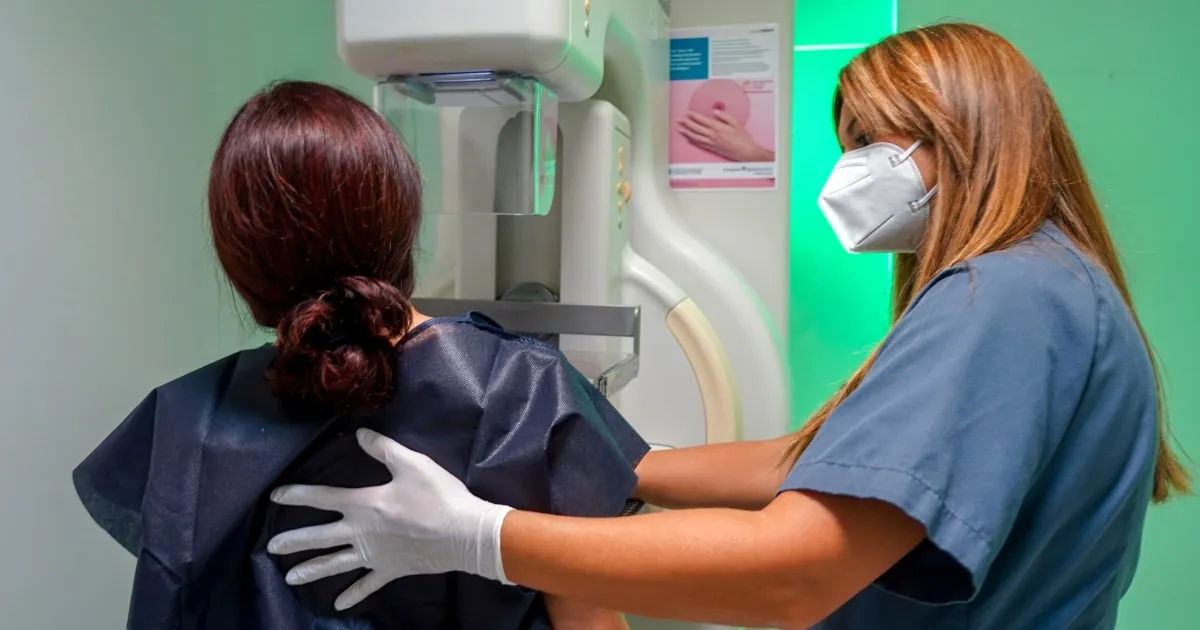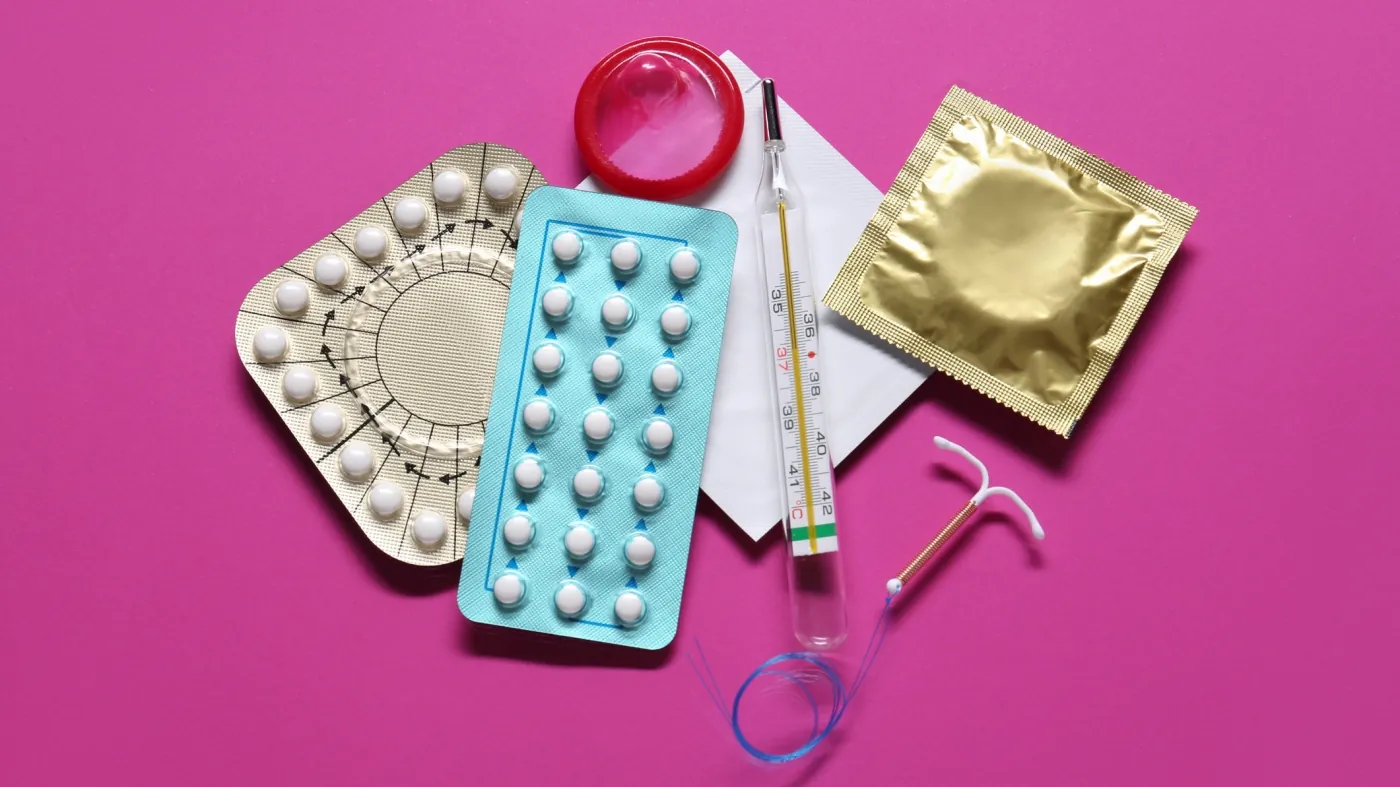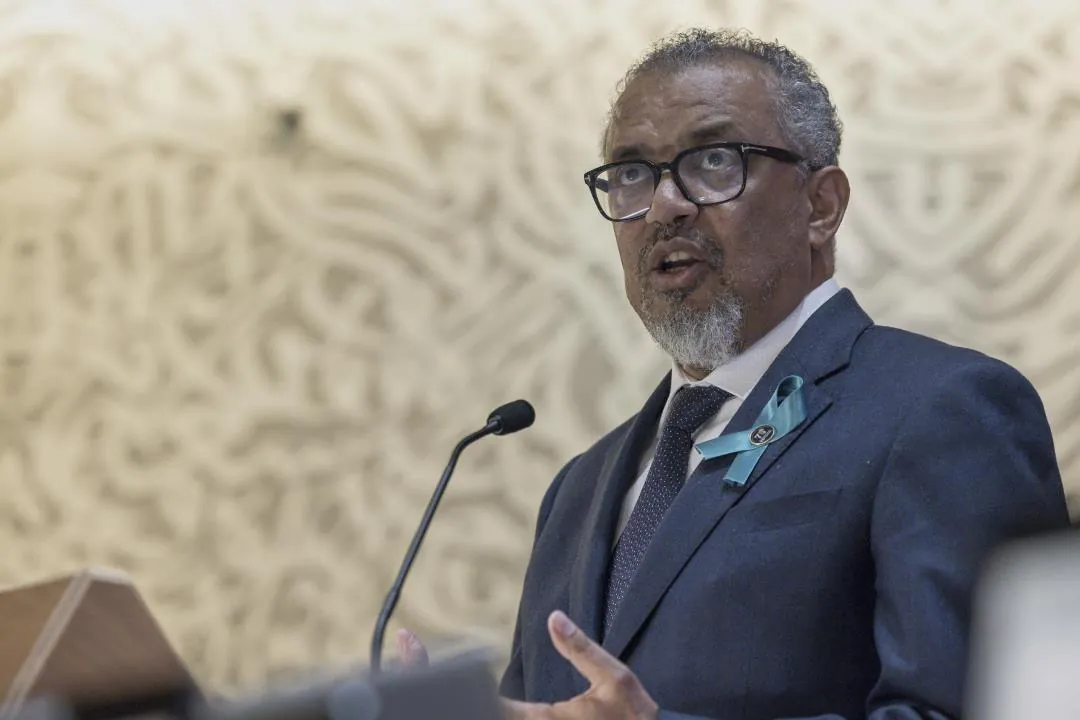Several young celebrities have announced breast cancer diagnoses in the past year — a public reminder that rates are rising among women under 50 in the U.S.
Pop singer Jessie J, 37, revealed last week on Instagram that she has early-stage breast cancer and plans to undergo surgery this month.
New breast cancer diagnoses in young women have gone up considerably in the last decade.
Black women have the highest rate of breast cancer before age 40 and are most likely to die of the disease.
But young women are still more likely to be diagnosed with aggressive breast cancer compared with older women.
In the last year, a number of young celebrities have disclosed that they have been diagnosed with breast cancer, serving as a public reminder that the disease is becoming more common among American women under 50. S. .
Last week, 37-year-old pop singer Jessie J announced on Instagram that she has early-stage breast cancer and will have surgery this month. Katie Thurston, a former cast member of “The Bachelorette,” was diagnosed with Stage 4 breast cancer this year at the age of 34. She has shared her experience on social media. Actress Danielle Fishel, who starred in the sitcom “Boy Meets World” in the 1990s, told her fans last summer that she had been diagnosed at the age of 43.
Over the past ten years, the number of young women receiving a new breast cancer diagnosis has significantly increased. The rate rose 1.4 percent per year for women under 50 from 2012 to 2021, the most recent decade of data, while it increased 0.7 percent per year for women 50 and older.
All racial or ethnic groups are affected by the trend, but specifically Asian American and Pacific Islander women under 50, whose diagnoses have increased by almost 50% since 2000. Before the age of forty, Black women are more likely to develop breast cancer and to lose their lives to the disease.
In general, women under 40 are not recommended to have mammograms unless they have a significant risk factor for breast cancer, such as a genetic mutation or family history. In that scenario, the American Cancer Society advises yearly breast MRIs in addition to mammograms beginning at age 30.
A number of breast cancer specialists advised younger patients and their physicians to be cautious when ignoring symptoms like a lump or discharge from the nipples.
Dr. Rani Bansal, an assistant professor at Duke University School of Medicine, stated that if a young woman had a change in her breast, it was believed to be insignificant. As the number of younger women receiving diagnoses rises, we must treat these cases with seriousness. “”.
Doctor. Penn Medicine’s chief of breast surgery, Oluwadamilola Fayanju, stated that her youngest cancer patient was only 17. She advised symptomatic young women to visit a facility with breast imaging expertise.
She stated that for women who are at a higher risk of developing breast cancer, “it might be better for you to be connected with a dedicated breast provider who can keep a close eye on you and do regular exams even well before 40.”. “”.
Young women frequently have more aggressive breast cancer.
In April, research presented at the American Association for Cancer Research meeting in Chicago showed that the overall mortality rate among younger women with breast cancer decreased from 2010 to 2020 as treatment options improved.
However, the diagnosis of aggressive breast cancer is still more common in young women than in older women. One explanation might be that they aren’t being screened as frequently, which makes it more difficult to identify cases early. Triple-negative breast cancer, which spreads quickly and has fewer treatment options, is also more common in young women.
Dr. According to Virginia Borges, a medical oncology professor at the University of Colorado Cancer Center, women who are diagnosed with breast cancer before the age of 35 are more likely to experience the cancer spreading to other parts of their bodies for unknown reasons.
Borges described the behavior of these cancers as “like this great big puzzle of all these different factors that can contribute to why we see them behave the way they do.”.
According to Bansal, medical professionals want to know more about the treatments that are most appropriate for women under 50.
“In order to better customize our treatments for younger women, we need more data,” she stated. Numerous studies are conducted on older women. “”.
Environment, hormones, and lifestyle.
The higher rates of breast cancer diagnosis among younger women are the subject of several mysteries. Most doctors concur that a variety of factors, such as hormones, lifestyle, and environmental exposures, are involved.
A diet heavy in ultra-processed foods or a lack of exercise can cause obesity, which raises the risk of cancer. Drinking alcohol is associated with breast cancer, and women in their 30s and 40s have also increased their alcohol intake in recent decades.
Another factor may be exposure to environmental pollutants like air pollution, permanent chemicals, or microplastics.
By the time women in their 40s had babies, BPA was present in every single bottle. Teflon pans were in every household. “Everyone was using Scotchgard all over their house,” stated Suzanne Price, CEO of Breast Cancer Prevention Partners, a nonprofit organization dedicated to reducing exposure to harmful chemicals.
To make that connection conclusively, more data is required, according to several researchers.
According to Dr. Dot Adetunji Toriola, a professor of surgery at Washington University School of Medicine, “Hopefully, we should be having more insight within the next few years regarding how those early life exposures drive the risk of breast cancer.”.
Chemical hair straighteners, which are primarily used by Black women, may raise the risk of breast cancer, according to some research. According to Fayanju, the straighteners “may have an impact on our body’s capacity to process hormones and how those hormones relate to cells in our breasts, which have hormone receptors.”. “”.
Modifications to women’s reproductive lives may also have some impact.
American girls. S. . are beginning their menstrual cycles a little earlier than they did decades ago. This could lengthen their exposure to elevated estrogen levels, a hormone that occasionally can support the growth of cancer cells. According to a study conducted last year, more women between the ages of 20 and 49 were given an estrogen-responsive breast cancer diagnosis.
The risk of postpartum breast cancer, which is a type of cancer that develops five to ten years after giving birth and seems to be related to changes in the breasts during that time, is also increased by the fact that many women are delaying childbirth until their 30s and 40s. According to Borges, 18,000 new cases of postpartum breast cancer are diagnosed annually.
She questioned, “How do you go from the millions of women who are having children without developing one of these breast cancers to the 18,000 or so who will develop one of these breast cancers?”. We are still in the process of determining that. The age factor is significant. “.”.







